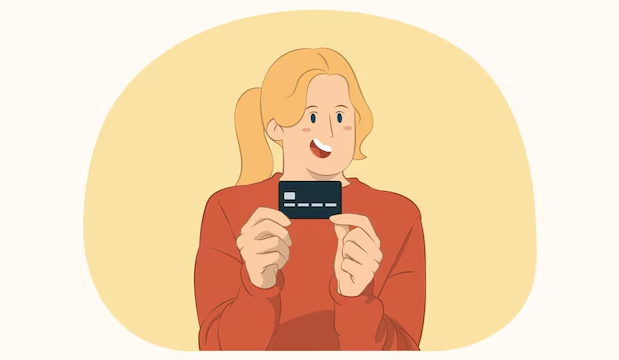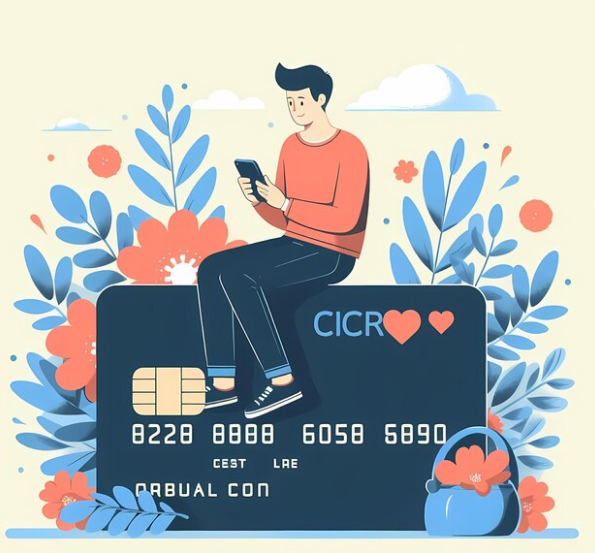In today’s fast-paced world, debit cards are more than just a convenient way to access your funds; they’re a key component of modern financial management. However, with the rise of digital transactions, ensuring your debit card is used safely is more critical than ever. This guide will walk you through the best practices for using your debit card securely in the US in 2024.
Understand the risks

Before diving into safety tips, it’s essential to understand the risks associated with debit card usage. Unlike credit cards, which often offer stronger fraud protection, debit cards are directly linked to your bank account. This means that if your debit card information is compromised, your entire account could be at risk.
Use secure Websites
When shopping online, ensure you’re using secure websites. Look for URLs that begin with “https” rather than just “http.” The “s” signifies that the site uses encryption to protect your data. Additionally, be cautious of sites with poor design or those that seem untrustworthy. Stick to well-known, reputable sites and consider using a virtual debit card for online transactions.
Monitor your accounts regularly
Frequent monitoring of your bank statements and account activity is one of the simplest yet most effective ways to detect unauthorized transactions. Many banks offer mobile apps that provide real-time alerts for transactions. Set up these alerts to stay informed about any suspicious activity. If you notice anything unusual, report it to your bank immediately.
Use ATMs Wisely
When withdrawing cash, choose ATMs located in well-lit, secure areas. Avoid using ATMs that seem tampered with or appear out of place. If the ATM has unusual attachments or modifications, it could be a sign of a skimming device designed to capture your card information. Always cover the keypad while entering your PIN to prevent prying eyes from seeing your code.
Be cautious with public Wi-Fi
Avoid accessing your bank accounts or making transactions over public Wi-Fi networks. Public networks are often less secure and can be vulnerable to hackers. If you need to perform financial transactions while on the go, consider using a secure, private connection or a virtual private network (VPN) to protect your data.
Use your card’s security features
Many debit cards come with built-in security features such as two-factor authentication (2FA) or temporary card numbers. Enable these features to add an extra layer of protection. For instance, some banks offer the option to generate a temporary card number for online purchases, which can help protect your actual card number from being exposed.
Shred sensitive documents
If you receive bank statements, credit card offers, or any documents containing your financial information, be sure to shred them before disposing of them. Identity thieves can use discarded documents to gather personal information and commit fraud.
Protect your PIN
Your PIN is the key to accessing your debit card account, so keep it private. Avoid writing it down or storing it in easily accessible places. If you must memorize a PIN, choose something that isn’t easily guessed, such as a combination of numbers that don’t relate to your personal information.
Report lost or stolen cards immediately
If your debit card is lost or stolen, report it to your bank as soon as possible. Most banks have 24/7 customer service lines for reporting such issues. The quicker you report a lost or stolen card, the sooner your bank can take action to prevent unauthorized transactions and issue a replacement card.
Beware of phishing scams
Phishing scams are attempts by fraudsters to trick you into revealing personal information through fake emails, phone calls, or texts. Be wary of unsolicited communications asking for your debit card information or account details. Legitimate institutions will never ask for sensitive information via email or phone. If in doubt, contact your bank directly using official contact information.
Use your card wisely
When using your debit card for purchases, try to keep the number of transactions to a minimum. Frequent use of your card can increase the risk of it being compromised. Additionally, be cautious when using your debit card at unfamiliar or less reputable establishments. If possible, use cash or a credit card in such situations.
Keep your contact information updated
Ensure your bank has your current contact information so they can reach you if there are any issues with your account. If your phone number or email address changes, update this information with your bank to avoid missing important alerts or notifications.
Educate yourself on your Bank’s Policies
Different banks have different policies regarding fraud protection and liability. Familiarize yourself with your bank’s policies on debit card fraud and how they handle unauthorized transactions. Knowing these details can help you take quick action and understand your rights if you become a victim of fraud.
Use mobile payment apps
Consider using mobile payment apps like Apple Pay, Google Pay, or Samsung Pay. These apps often offer additional layers of security compared to traditional debit card transactions. They use tokenization to protect your actual card information, making it harder for fraudsters to access your data.
Keep your Software Updated
Ensure that your computer and smartphone software are always up to date. Security patches and updates often address vulnerabilities that could be exploited by hackers. Keeping your devices updated helps protect your personal information from being compromised.
Conclusion
In 2024, using your debit card safely in the US requires a heightened level of awareness and strategic action. As digital threats continue to evolve, it’s crucial to adopt a combination of vigilance, smart practices, and the utilization of available security features.
Start by monitoring your account regularly, enabling transaction alerts, and using secure ATMs and payment terminals. Additionally, take advantage of your bank’s fraud detection tools, such as two-factor authentication and card lock features, which can provide an extra layer of protection.
Avoid sharing your PIN and be cautious when making online purchases; use secure websites and consider a virtual debit card for added safety. It’s also wise to update your passwords frequently and use complex, unique combinations to reduce the risk of unauthorized access.
Staying informed about the latest security trends and potential threats can further empower you to take proactive steps, ensuring your financial data remains secure. By consistently applying these practices, you can significantly reduce the risk of fraud and maintain peace of mind in today’s fast-paced, digital world.






